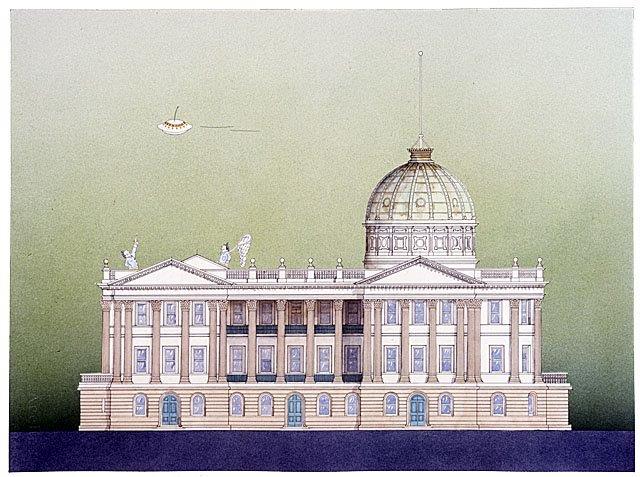
The Former Customs House - Brisbane
The Former Customs House in Brisbane, Australia, stands as an architectural marvel and a symbol of the city's rich history and cultural significance. Built in the mid-19th century, this imposing sandstone building has played various roles throughout its existence, reflecting the evolution of Brisbane as a colonial outpost to a thriving modern metropolis.
Constructed between 1886 and 1889, the Former Customs House initially served as a hub for regulating and collecting customs duties on goods arriving in the burgeoning port of Brisbane. Its strategic location along the Brisbane River made it a vital point for trade and commerce during this era. The majestic Italian Renaissance-style architecture, designed by colonial architect Charles McLay, showcases exquisite craftsmanship with intricate detailing, including ornate columns, balustrades, and decorative motifs.
Over time, the importance of the Customs House waned as Brisbane expanded, and its functions shifted. During World War II, it even served as a headquarters for the American Armed Forces. However, in 1994, the building underwent a major restoration and transformation into the magnificent cultural institution it is today.
Today, the Former Customs House is a hub for cultural and educational activities. The ground floor houses a stunning heritage-listed ballroom, which serves as a venue for weddings, conferences, and cultural events. The building also features an art gallery, showcasing a diverse range of exhibitions that highlight both local and international artists. The Customs House continues to be an important site for events like the Brisbane Writers Festival and is a significant part of the city's cultural calendar.
Furthermore, the Customs House stands as a testament to the enduring legacy of colonial architecture in Brisbane, offering a glimpse into the city's past. Its location along the picturesque riverfront provides a scenic backdrop for both locals and tourists, making it a popular spot for leisurely strolls and enjoying Brisbane's subtropical climate.
In conclusion, the Former Customs House in Brisbane is more than just a historic building; it is a living testament to the city's evolution, from a colonial trading post to a thriving cultural hub. Its rich history, architectural grandeur, and contemporary cultural contributions make it an integral part of Brisbane's identity, preserving the past while embracing the present.